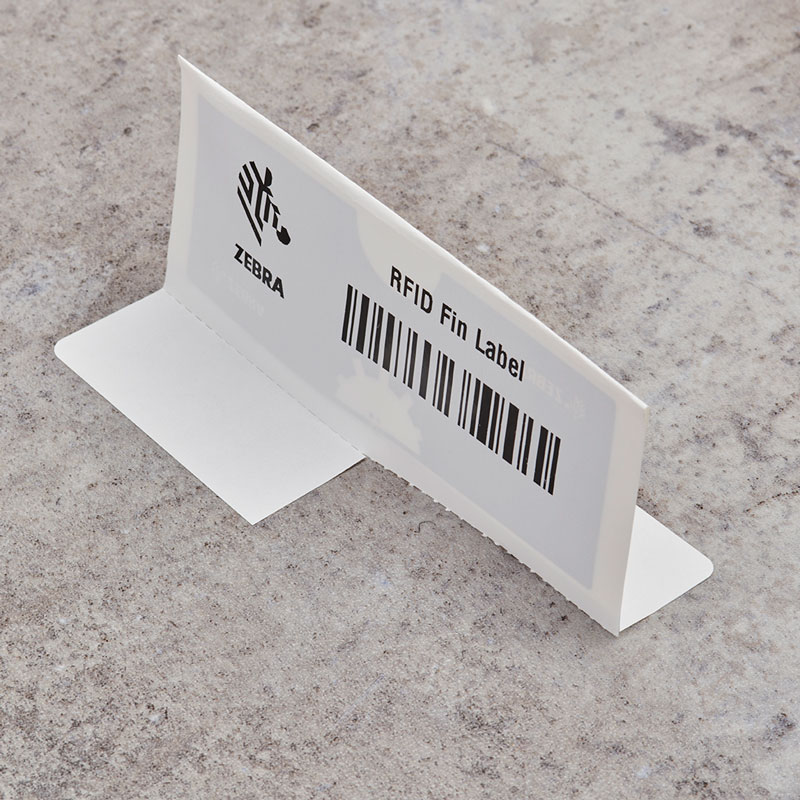In the age of rapidly advancing technology, Radio Frequency Identification (RFID) has emerged as a cornerstone in the realm of tracking, authentication, and inventory management. Among its many applications, RFID labels stand out as a versatile and indispensable tool across RFID Labels various industries, from retail and logistics to healthcare and beyond.
What are RFID Labels?
RFID labels are essentially small tags equipped with an RFID chip and an antenna. They operate on the principle of using radio waves to transmit data wirelessly to an RFID reader, which then processes the information. Unlike traditional barcodes, RFID labels do not require line-of-sight scanning and can be read from a distance, even when embedded within packaging or products.
Key Components and Technology
- RFID Chip: The heart of an RFID label, the chip stores unique identifiers and other relevant data.
- Antenna: Enables communication between the RFID chip and the reader.
- Substrate: The material on which the RFID chip and antenna are mounted, often a flexible material like paper or plastic.
Applications Across Industries
Retail and Inventory Management
RFID labels streamline inventory management by providing real-time visibility into stock levels. Retailers can track items from the warehouse to the point of sale, reducing stockouts and improving overall efficiency. Inventory counts become faster and more accurate, enabling retailers to optimize their supply chain operations.
Logistics and Supply Chain
In logistics, RFID labels enhance traceability and enable precise tracking of goods throughout the supply chain. This capability is crucial for improving logistics efficiency, minimizing errors, and combating counterfeit products. It also aids in asset management, ensuring that valuable items can be easily monitored and located.
Healthcare
In healthcare settings, RFID labels are used to track medical equipment, pharmaceuticals, and even patients. Hospitals utilize RFID for inventory control of medical supplies, ensuring that critical items are always available when needed. For patient care, RFID wristbands can securely store medical information and help prevent errors in treatment.
Authentication and Anti-Counterfeiting
RFID labels play a pivotal role in authentication and anti-counterfeiting measures. By embedding unique identifiers and secure data, manufacturers can verify the authenticity of products throughout their lifecycle. This not only protects consumers from counterfeit goods but also safeguards brand reputation and revenue streams.
Advantages of RFID Labels
- Efficiency: Faster data capture and processing compared to traditional methods.
- Accuracy: Reduced human error in tracking and inventory management.
- Versatility: Can be applied to various surfaces and environments.
- Security: Enhanced authentication and anti-counterfeiting capabilities.
Future Trends and Innovations
Looking ahead, advancements in RFID technology are poised to further revolutionize industries. Innovations such as printable RFID tags, improved data encryption, and enhanced integration with Internet of Things (IoT) devices promise to expand the capabilities and applications of RFID labels.
Conclusion
RFID labels represent a transformative technology that is reshaping how businesses manage inventory, authenticate products, and optimize operations across sectors. As industries continue to embrace digital transformation, the role of RFID labels will only become more integral in ensuring efficiency, security, and reliability in the global marketplace.

